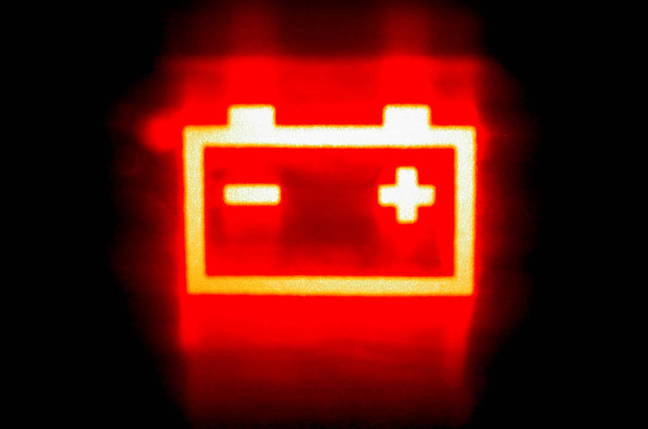
Battery storage manufacturers fear their industry could be brought to an abrupt halt in Australia if controversial residential battery installation guidelines are adopted at a meeting of Standards Australia this coming Monday.
The battery storage sector is hoping that it can secure the 20 per cent of votes in Monday’s ballot needed to put the proposal back for further review, but the chances of that happening have been reduced after the Clean Energy Council said this week it would vote in favour of the strict new guidelines.
Standards Australia announced this week that the current draft of safety guidelines for home battery installations – AS/NZS 5139 – had progressed to a vote, despite pleas from the likes of Tesla, Sonnen and LG Chem for more time to negotiate what they say are crucial adjustments, and to bring them in line with international standards.
Those companies, along with industry body the Smart Energy Council, have argued that changes made to the current Draft Standard have done little to address the “bunker” mentality that caused the previous version to be voted down in 2017, and will add thousands of dollars to the cost of installation, threatening the uptake of batteries in Australia.
As we reported at the time, the offending guidelines had suggested residential lithium-ion battery storage could only be installed in free-standing purpose-built “kiosks,” due to potential fire risk.
But it was scrapped after a major backlash from industry, which argued the rule was a major over-reach – particularly for li-ion batteries, which had a solid safety track record in established markets like Germany, in Europe.
At the time, Standards Australia said it had gathered together a group of senior industry and government leaders to get the introduction of residential on-site battery storage standards back on track, at a crucial time of growth for the industry.
“There was unanimous agreement in the room of the need to both encourage the uptake of new technology and manage community safety expectations,” said SA CEO Bronwyn Evans.
“The clear path forward set today will see us working hard and working together to get the relevant standards in place as soon as we can.”
Two years later, the revised Draft Standard has dropped the requirement of free-standing fire-proof structures to house home batteries, but – industry argues – not the mentality behind it.
Rather, companies argue, the new Draft recommends strict and detailed fire proofing measures (these are explained in detail here) that risk making batteries virtually un-installable in many homes, while also sending the message to consumers that energy storage systems are inherently unsafe.
Industry sources suggest that this attitude battery safety is coming largely from Australia’s fire authorities, based on the incidence of fires caused by smaller lithium-ion battery-powered products, including mobile phones.
In a letter to the acting CEO of Standards Australia signed by Tesla, Sonnen and LG Chem Australia, the companies argue that this approach has failed to delineate between companies that have invested heavily in the safety of their products, and companies that have not.
“The three companies represented in this letter consider product safety and product integrity our number one priority, collectively we have hundreds of thousands of systems installed globally without a single fire hazard issue as addressed …we are all focused on Australia becoming a leader in respect of BESS product integrity and safety,” the letter says.
The companies also argue that the current Draft Standard does not take account of past inputs, international practice or the recommendations of the “Installation best practice guide,” a comprehensive document put together by a number of industry groups, including the CEC.
The CEC, however, says that it believes the fire protection requirements proposed in the Draft Standard “attempt to strike a balance between the issues raised by safety agencies and the concerns of battery manufacturers and suppliers.”
“It’s not perfect, but it will go a long way to protecting the industry,” a statement said on Monday.
“We are aware that some requirements don’t suit all industry stakeholders, however, on balance, we support the standard as it is currently proposed and believe it is vital for the industry.”
The CEC has also argued – in urging others to vote in favour of the new standard – that any changes would likely “extend the development process by 18 months or more, leaving consumers and installers exposed.”
But other voting members of the committee – there are 42 all up – have told RE, on the condition of anonymity, that this is not true, and that Standards Australia have advised that a third consultation round could be fast-tracked.
They say any delay would be a couple of months at most, given there is only one item of contention – the excessive requirement to add fire barriers (fibre cement sheet) when installing all-in-one BESS that have been classified N/A in the fire risk matrix.
But if the Standard is voted through, the only recourse for industry would be to instigate an amendment process – which would take 12-18 months.
In the meantime the standard would be in place, opening the way for state and territory regulators amend their regulations.
As things stand, voting on the Draft Standard closes at close of business this coming Monday. To get up, it needs a yes vote from a minimum of 28 of the 42 eligible voters, meaning of all votes received 80 per cent must be yes.
In its own statement urging committee members to vote “no”, the Smart Energy Council said the current draft requirements were out of step with the risk posed and would add significant expense without significant benefit. “Australia will again be an international outlier,” the SEC said.

Sophie is editor of One Step Off The Grid and deputy editor of its sister site, Renew Economy. Sophie has been writing about clean energy for more than a decade.


